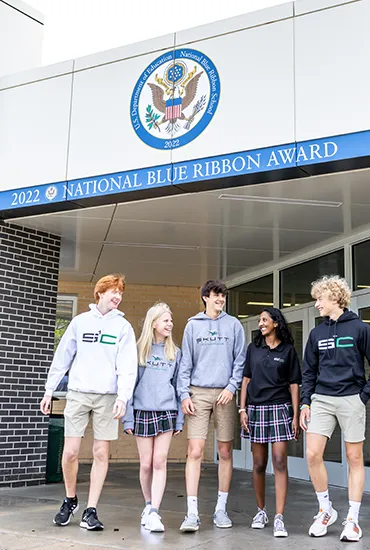

Provide the school counseling office with the resources and structure needed to effectively meet the needs of our students. This involves assessing the current resources available to the counseling office, identifying any deficiencies, and providing the necessary tools, and staff. By ensuring that the counseling office has the resources and structure needed to be successful, students will be better supported in navigating the challenges of school and life.
Goal 1 Objectives:
|

We desire to evolve our personalized academic assistance to provide students with the support they need to achieve their goals. This involves identifying the current strengths and weaknesses of our academic assistance programs and finding ways to enhance them. By providing more personalized assistance, we can better address the individual needs of each student and help them to reach their full potential. This goal may involve implementing new technology or tools, partnering with outside organizations or experts, or developing new programs or initiatives to provide targeted support.
Goal 2 Objectives:
|

Providing comprehensive support and strategic partners to help students identify and achieve postsecondary success. This involves identifying the individual needs and goals of each student and connecting them with the necessary resources and partners to support their postsecondary plans. These resources and partners may include college and career counseling, scholarship and financial aid information, internships, job shadowing, and other opportunities to gain practical experience and explore career options. By providing comprehensive support and strategic partners, we can help students to build a roadmap for their postsecondary success and achieve their goals beyond high school.
Goal 3 Objectives:
|

Promoting our social-emotional health resources to all our stakeholders will ensure a comprehensive program for our school community that addresses the social and emotional well-being of students, staff, and parents. This goal involves promoting awareness of the resources available to support mental and emotional wellness and providing opportunities for students and staff to develop the skills and strategies needed to manage stress, build resilience, and navigate the challenges of life.
Goal 2 Objectives:
|
©2024 V.J. and Angela Skutt Catholic High School